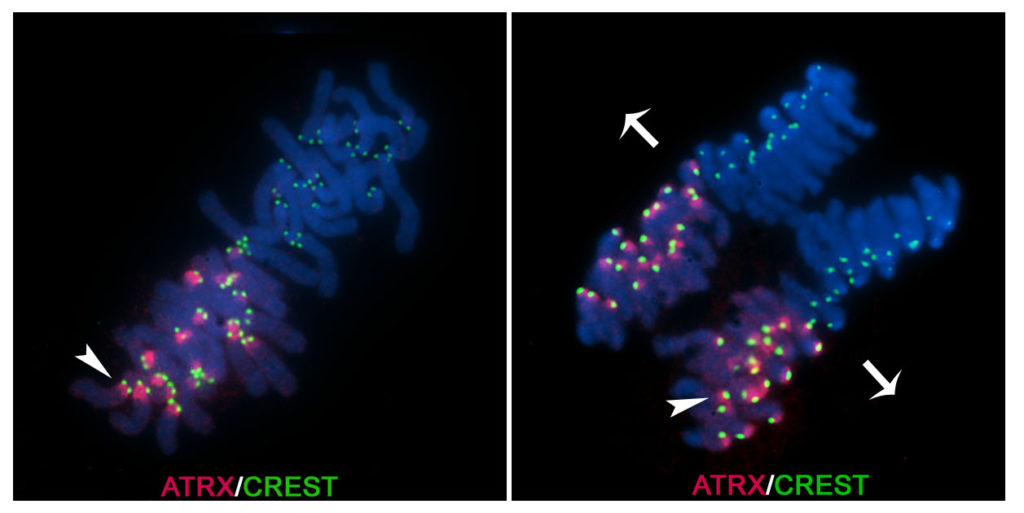
During vascular homeostasis, endothelial cell–cell contacts may have a similar appearance as epithelial junctions ( Dejana and Orsenigo, 2013 Malinova and Huveneers, 2018). Extensive remodelling of the intercalated discs composition ( Estigoy et al., 2009) and architecture is observed in cardiac `aging ( Sessions and Engler, 2016 Tribulova et al., 2015), diabetes-induced cardiopathies ( Adeghate and Singh, 2014), arrythmogenic cardiomyopathies ( Calore et al., 2015) and cardiac hypertrophy and failure ( Lyon et al., 2015). Intercalated discs, specialised junctions in cardiomyocytes, sustain considerable mechanical stress with heart beating ( Ehler, 2016 Vermij et al., 2017). However, a linear junction appearance does not apply to other cell types that also require strong cell–cell attachment. Following stimuli such as growth factor treatment or oncogene expression in epithelial cells, the dynamic nature of cell–cell contacts is manifested in a variety of ways: disturbances in the configuration of the contacting interface between cells, fragmentation of cadherin staining or thinning out of the distribution of receptors from contacting cell borders ( Braga et al., 2000 Erasmus et al., 2016 Frasa et al., 2010 Lozano et al., 2008 Nola et al., 2011). In epithelial tissues, the characteristic cell–cell adhesion site appears as a straight and tense or stiff junction, represented by an apparent contiguous, adjoining staining of E-cadherin receptors (the epithelia-specific cadherin protein). Conversely, signalling pathways necessary to maintain junctions are often targeted by pathogens and underlie key mechanisms of diseases of the vasculature, heart and different epithelial organs.Īttachment to neighbouring cells has a distinct configuration in different cell types and is dynamically remodelled in homeostasis and diseases. Tight contacts with neighbours to form a cohesive sheet of cells is a fundamental property of multicellular organisms and underpins organ development and function.
CELLPROFILER SEPARATE CELLS BY SHAPE SOFTWARE
Junction Mapper is thus a powerful, unbiased and highly applicable software for profiling cell–cell adhesion phenotypes and facilitate studies on junction dynamics in health and disease. Distinct phenotypes of junction disruption can be clearly differentiated among various oncogenes, depletion of actin regulators or stimulation with other agents. Importantly, junctions that considerably deviate from the contiguous staining and straight contact phenotype seen in epithelia are also successfully quantified (i.e. Its ability to measure fragmented junctions is unique. It identifies contacting interfaces and corners with minimal user input and quantifies length, area and intensity of junction markers.

We designed Junction Mapper as an open access, semi-automated software that defines the status of adhesiveness via the simultaneous measurement of pre-defined parameters at cell–cell contacts.
CELLPROFILER SEPARATE CELLS BY SHAPE MANUAL
Quantification of junctions of mammalian epithelia requires laborious manual measurements that are a major roadblock for mechanistic studies. Stable cell–cell contacts underpin tissue architecture and organization.


 0 kommentar(er)
0 kommentar(er)
